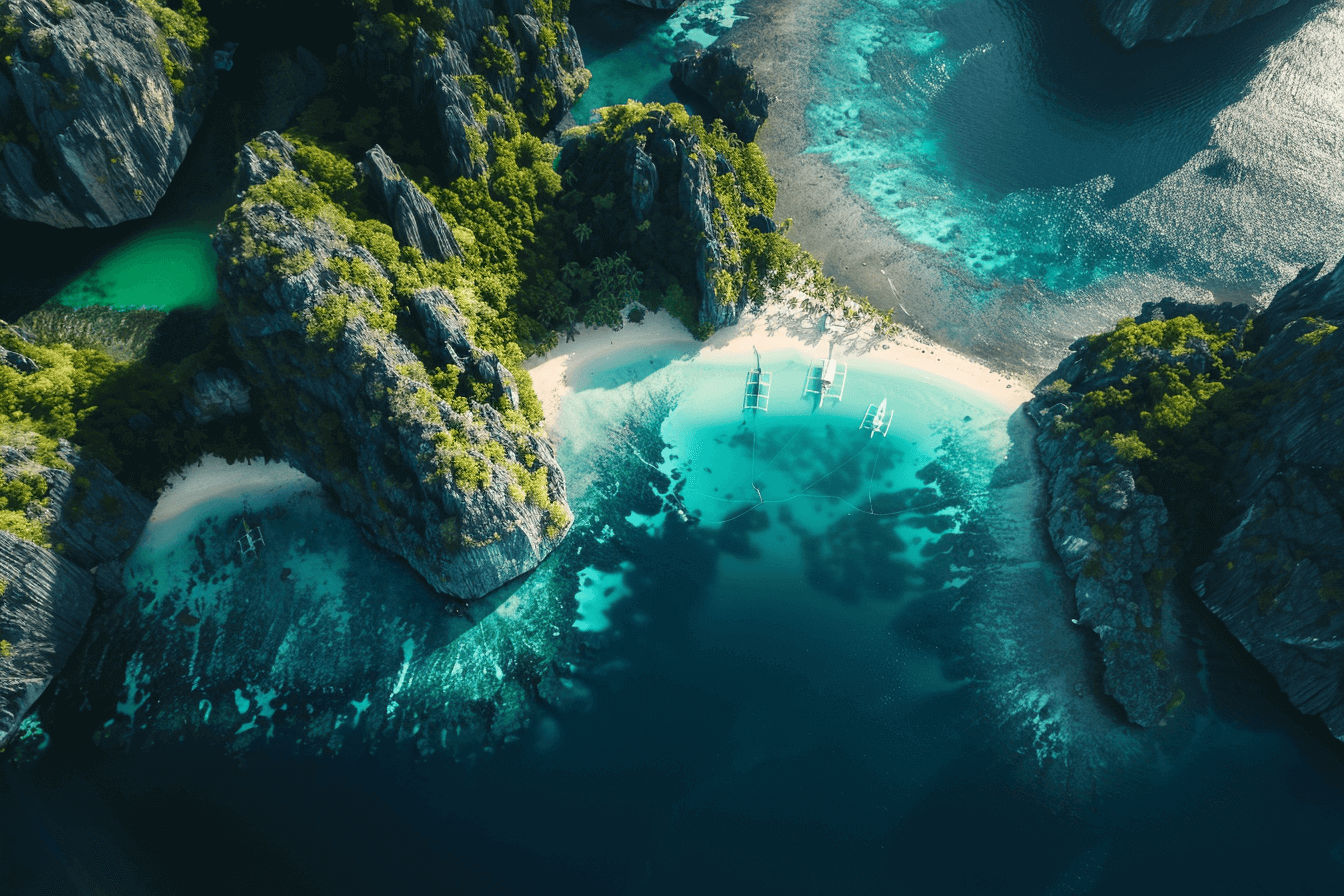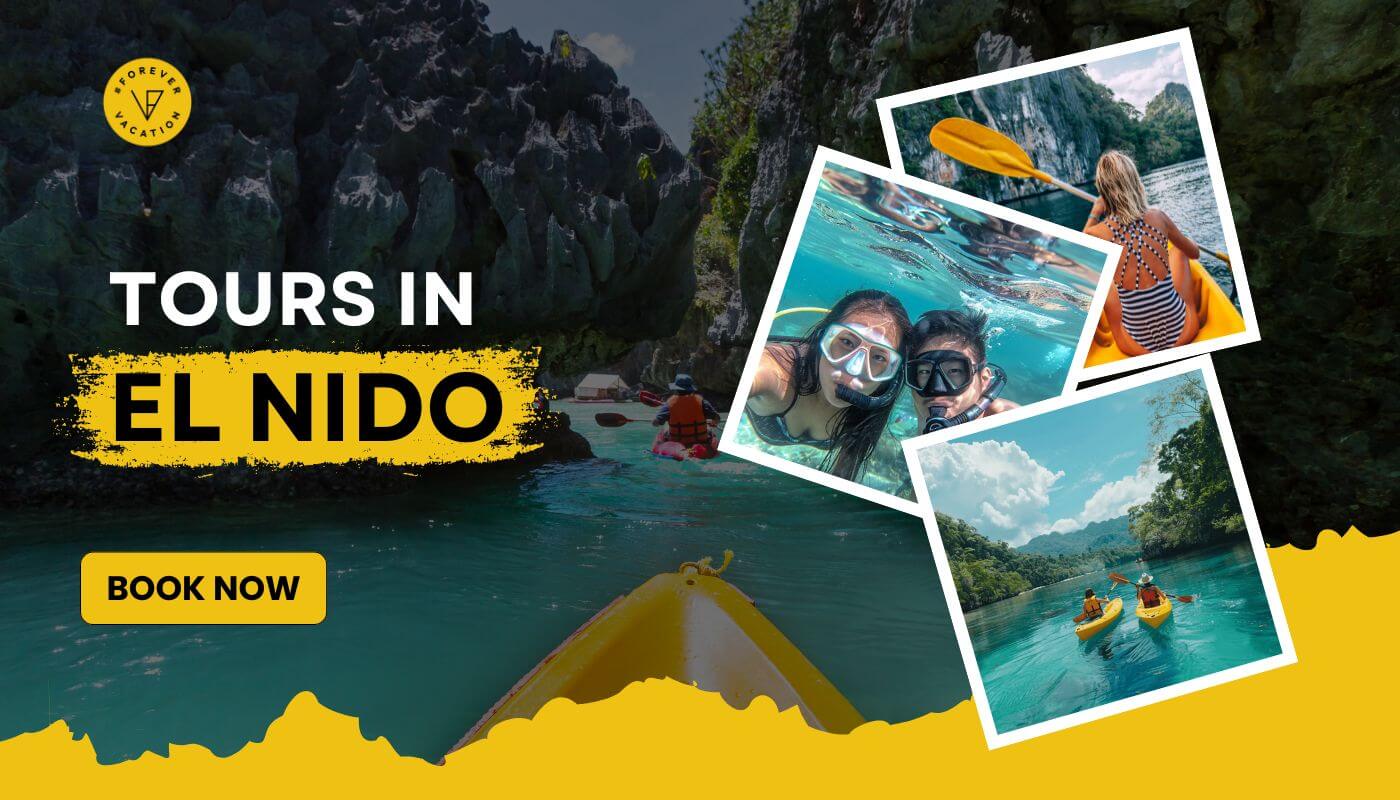El Nido is a tropical paradise that offers stunning beaches, breathtaking lagoons, and thrilling adventures, but to make the most of your trip, it's essential to plan ahead. From transportation and budgeting to eco-friendly travel tips, here’s everything you need to know for a smooth and memorable El Nido experience.
1. Best Ways to Get to El Nido
El Nido is located on the northern tip of Palawan, Philippines, and getting there requires some planning. Here are the most common ways to reach El Nido:
- By Air: The fastest way is to fly directly to El Nido Airport (Lio Airport) from Manila or Cebu via AirSwift. This is the most convenient option, but flights can be expensive.
- By Land & Ferry (from Puerto Princesa): A more budget-friendly option is to fly to Puerto Princesa Airport, then take a van or bus to El Nido (5-6 hours).
- By Ferry (from Coron): Travelers coming from Coron, Palawan can take a fast ferry to El Nido (3.5-4 hours).
Tip: Book flights and ferries in advance, especially during peak season, as they can fill up quickly.
2. Where to Stay in El Nido
El Nido offers a range of accommodations, from budget hostels to luxury resorts:
- Budget: Hostels and guesthouses in El Nido town offer affordable stays for backpackers.
- Mid-Range: Beachfront hotels and boutique resorts in Corong-Corong or Lio Beach provide comfort and stunning views.
- Luxury: Private island resorts in Bacuit Bay offer exclusive and high-end stays for a premium experience.
Tip: If you prefer a quieter experience, stay in Las Cabañas or Lio Beach instead of El Nido town, which can be crowded.
3. What to Pack for El Nido
Since El Nido is all about outdoor adventures, packing the right essentials is key. Here’s a quick list:
- Light and breathable clothing (for warm tropical weather)
- Swimwear and rash guard (for water activities)
- Dry bag (to protect valuables during island-hopping)
- Reef-safe sunscreen (to protect marine life)
- Snorkel mask (optional, but useful for frequent snorkelers)
- Flip-flops and water shoes (for beach and rocky areas)
- Power bank (electricity in some areas can be unstable)
Tip: Bring cash! ATMs in El Nido are limited and may run out of cash, so withdraw enough money before arriving.
4. Island-Hopping Tips
Island-hopping is the highlight of El Nido, and to have the best experience:
- Book tours in advance during peak season (December-May).
- Bring a waterproof bag for your phone and valuables.
- Wear a life jacket for safety, especially in deep waters.
- Respect nature—don’t touch coral reefs or disturb wildlife.
- Start early to avoid crowds at famous spots.
Tip: If you prefer a less crowded and customized experience, consider hiring a private boat instead of joining group tours.
5. Budgeting for El Nido
El Nido can be both affordable and luxurious, depending on your travel style. Here’s a rough budget breakdown per day:
- Budget travelers: $30-$50 (hostels, local food, shared tours)
- Mid-range travelers: $50-$100 (boutique hotels, island-hopping, casual dining)
- Luxury travelers: $150+ (resorts, private tours, fine dining)
Tip: Save money by eating at local carinderias (small eateries) and booking island-hopping tours in groups.
6. Best Time to Visit El Nido
The best time to visit depends on weather and crowd levels:
- Peak Season (December - May): Best weather, clear waters, but crowded and more expensive.
- Off-Peak Season (June - November): Fewer tourists, cheaper prices, but higher chances of rain.
Tip: Visit in March or April for the best mix of good weather and manageable crowds.
7. Internet and Connectivity in El Nido
Wi-Fi and mobile signals in El Nido can be unreliable, especially on remote islands. If you need internet access:
- Buy a local SIM card (Globe or Smart) for mobile data.
- Stay in hotels or cafés that offer fiber-optic Wi-Fi (e.g., in Lio Beach or town proper).
Tip: Download offline maps and travel guides before arriving in case of weak internet.
8. Sustainable and Responsible Travel
El Nido is a protected marine area, and responsible tourism helps preserve its beauty:
- Use reef-safe sunscreen to protect corals.
- Dispose of trash properly (bring your own reusable water bottle).
- Respect marine life (don’t feed fish or touch sea creatures).
- Support local businesses by buying from small shops and hiring local guides.
Tip: Join eco-friendly tours that practice responsible tourism and conservation efforts.
9. Transportation Around El Nido
Getting around El Nido is fairly simple:
- Tricycles are the main mode of transport within town ($1-$3 per ride).
- Motorbikes can be rented for exploring beaches and nearby areas ($8-$12 per day).
- Boats are needed for island visits (available via tour operators).
Tip: If you’re planning to explore nearby areas like Nacpan Beach or Duli Beach, renting a motorbike is the best and cheapest option.
10. Health & Safety Tips
- Drink bottled or filtered water to avoid stomach issues.
- Bring mosquito repellent for protection from bites.
- Travel with basic first aid and motion sickness medicine for boat rides.
- Follow local guidelines and safety rules during activities.
Tip: There’s a small hospital and pharmacy in El Nido town, but for major emergencies, you may need to travel to Puerto Princesa City.













 +1 617 404 2125
+1 617 404 2125

 All-inclusive
All-inclusive
 Private Tour
Private Tour




